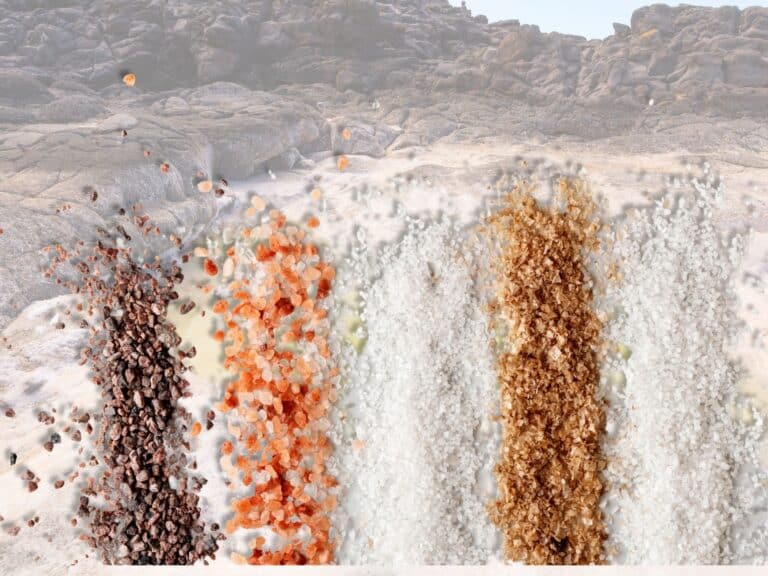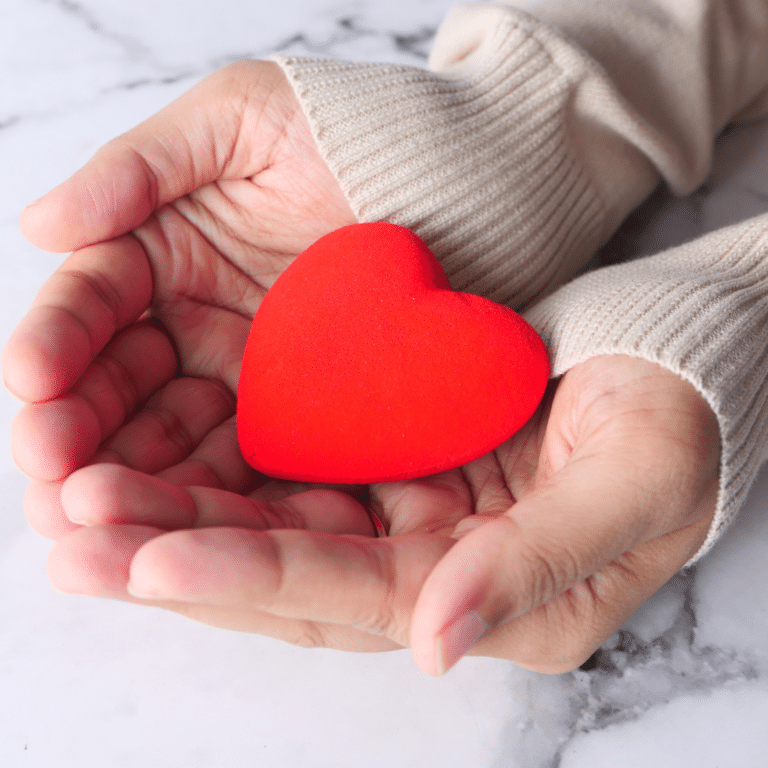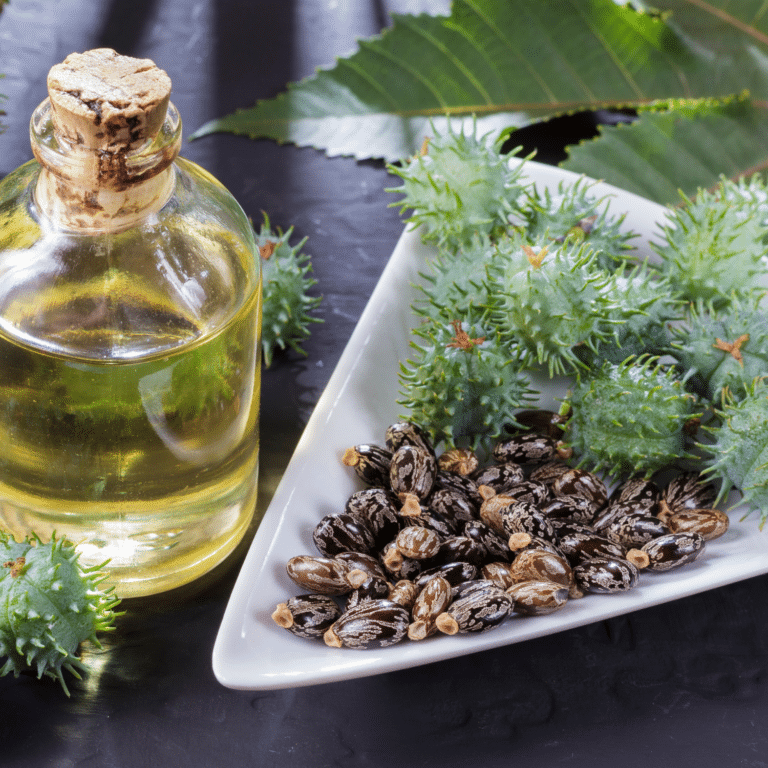If you’ve spent any time on social media or wellness blogs, you’ve probably seen people drinking inky black juices, slathering themselves in gray sludge, or stirring strange white powders into their morning smoothies. Welcome to the detox craze—a world where health meets hype, and where natural-sounding products like activated charcoal, diatomaceous earth, and clay promise to “cleanse” your body and leave you radiant and renewed.
But how much of this is real? And how much is clever marketing with a sprinkle of pseudoscience? Let’s dive deep into the science, safety, and reality behind some of the most popular detox products—and explore what your body is actually doing to keep itself clean every day.
Activated Charcoal: The Black Sheep of Wellness Trends
What People Say
Activated charcoal is often described as a miracle substance that binds to toxins in your digestive tract and carries them out of your body. People claim it helps with everything from bloating and hangovers to acne and bad breath.
What It Actually Does
Activated charcoal does have absorbent properties. Hospitals use it in emergency situations, such as poisoning or drug overdoses, because it can trap toxins and prevent them from being absorbed by the stomach. However, using it for general “detox” purposes at home lacks scientific support.
When you take charcoal casually—whether in smoothies, capsules, or even ice cream—it doesn’t just trap “bad stuff.” It also absorbs nutrients, vitamins, and medications. That means it could actually deprive your body of important compounds rather than help it.
How People Use It
You’ll find activated charcoal in juices, toothpaste, face masks, and even trendy black burger buns. Some take it in capsule form as part of a daily detox routine.
What to Watch Out For
Taking activated charcoal near mealtime or when you’re taking medications can reduce their effectiveness. It can also cause constipation and dark-colored stools. More concerning: there’s no evidence it targets the specific “toxins” people think they’re eliminating.
Diatomaceous Earth: Fossil Dust or Health Must?
What People Say
Fans of diatomaceous earth (DE) swear by its ability to “scrub” your digestive system, eliminate parasites, detoxify heavy metals, and even boost energy and skin health.
What It Actually Does
Food-grade DE is made from fossilized algae (diatoms), and its fine, abrasive texture is useful in pest control and gardening. Internally, proponents claim that the tiny particles exfoliate your intestines and absorb harmful substances.
Scientific evidence, however, is extremely limited. There’s very little clinical data supporting internal detoxification benefits in humans. While DE is likely safe in small quantities when labeled as food-grade, its mechanical properties can irritate the gastrointestinal tract. Inhaling DE can also damage your lungs permanently.
How People Use It
Typically, users stir 1-2 teaspoons into water and drink it on an empty stomach once daily. Some even sprinkle it on food.
What to Watch Out For
Never inhale the powder. Drink plenty of water if you ingest it. Non-food-grade DE is toxic and should never be used internally. And again—there’s no strong evidence that DE removes anything your body isn’t already handling.
Clay Detox: Nature’s Filter or Marketing Gimmick?
What People Say
Clay detox methods—especially bentonite and French green clay—promise to bind to toxins in your gut or skin, drawing them out and leaving your body purified. Many users claim it reduces heavy metals, clears up skin, and improves gut health.
What It Actually Does
Clays like bentonite have negatively charged molecules that can attract positively charged substances (like some toxins and heavy metals). In some lab studies and animal models, this has shown potential. But that doesn’t mean drinking clay regularly will purify your system.
Topically, clay masks can help remove excess oil and impurities from your skin. Internally, however, frequent clay ingestion can cause constipation, reduce mineral absorption, and may contain trace amounts of harmful metals like lead or arsenic.
How People Use It
Clay is mixed with water to create drinks, baths, and face masks. Some people also use clay in capsules or detox powders.
What to Watch Out For
Only consume food-grade clay, and do so rarely—not daily. Hydration is critical, as clay absorbs water and can cause blockages. Also, do your research—some clay products tested on the market contained harmful contaminants.
What Your Body Is Already Doing to Detox (Spoiler: A Lot)
Before you spend another dollar on fancy powders or black lemonades, remember this: your body already has an incredible built-in detoxification system that operates day and night without needing a special smoothie or supplement. These organs and systems have evolved over millennia to process, neutralize, and eliminate waste efficiently and intelligently.
Your Organs at Work
- Liver: This organ is the body’s biochemical powerhouse. It converts harmful substances—like alcohol, medications, and metabolic byproducts—into less harmful forms that can be excreted via urine or bile. It also produces enzymes that help neutralize free radicals and break down fats and hormones.
- Kidneys: The kidneys filter roughly 50 gallons of blood daily, removing excess fluid, electrolytes, and metabolic waste products. They balance your body’s fluid levels and blood pressure while regulating minerals like sodium, potassium, and calcium.
- Lungs: Every exhale removes not just carbon dioxide but also small amounts of volatile toxins. Your lungs also trap and expel foreign particles and microbes through mucus and the ciliary escalator system.
- Digestive System: Your intestines absorb nutrients while your gut microbiome works to metabolize compounds from food, eliminate toxins, and prevent harmful microbes from thriving. Your colon helps compact and excrete solid waste effectively.
- Skin: The skin isn’t just a passive shield—it actively eliminates waste through sweat glands. While sweat isn’t a major detox pathway for most chemicals, it does help with thermoregulation and minor toxin elimination (like urea and ammonia).
Detox Myths vs. Detox Facts
- Myth: You need to “cleanse” your colon regularly.
- Fact: The colon naturally eliminates waste. Overusing laxatives or colonics can irritate the digestive tract and disrupt your microbiome.
- Myth: Feeling bloated or tired means you’re full of toxins.
- Fact: These symptoms can result from dehydration, nutrient imbalances, sleep deprivation, stress, or even hormonal shifts—not necessarily toxin overload.
- Myth: Detox equals weight loss.
- Fact: Most detox programs result in temporary water or stool weight loss. They rarely lead to sustained fat loss and can be nutritionally inadequate.
- Myth: Sweating removes most toxins from your body.
- Fact: Sweat mainly consists of water, salt, and trace minerals. Most toxins are excreted through urine and feces, not sweat.
Real Ways to Support Your Body’s Detox
Supporting your natural detox systems doesn’t require a complete overhaul—just a commitment to consistent, evidence-backed habits that keep your vital organs humming.
- Stay hydrated: Water is essential for every metabolic process, especially those involving your liver and kidneys. Water helps flush out waste products and maintains the optimal function of your organs. Add a squeeze of lemon for flavor and a small antioxidant boost.
- Eat whole foods: Emphasize a rainbow of vegetables, fruits, legumes, and whole grains. These foods contain soluble and insoluble fiber that bind to waste, cholesterol, and used-up hormones, helping your body excrete them through the digestive tract.
- Incorporate cruciferous vegetables: Broccoli, cauliflower, Brussels sprouts, and kale contain glucosinolates, which enhance the liver’s Phase II detoxification enzymes. These enzymes help your body process and eliminate carcinogens and drugs more efficiently.
- Prioritize sleep: During sleep, the brain’s glymphatic system kicks into high gear to remove cellular waste. Chronic sleep deprivation can impair detox and immune processes, so treat good sleep as non-negotiable.
- Exercise regularly: Physical activity boosts circulation, lymphatic drainage, and metabolic efficiency. Aim for at least 30 minutes of moderate movement most days. Think walking, dancing, yoga, or even gardening.
- Support your gut: A diverse microbiome contributes to better metabolism, immune function, and toxin breakdown. Include fermented foods like yogurt, kimchi, sauerkraut, or miso, and consider a prebiotic-rich diet to feed good bacteria.
- Minimize intake of alcohol and ultra-processed foods: These increase the liver’s workload and can lead to inflammation and fat accumulation, impairing its ability to filter toxins effectively.
- Include detox-supporting nutrients:
- Vitamin C: Found in citrus, bell peppers, and strawberries; supports liver and immune health.
- Vitamin E: A powerful antioxidant found in nuts, seeds, and avocados.
- B-complex vitamins: Especially B6, B12, and folate, which help your body with methylation—a key detoxification pathway.
- Zinc and selenium: Essential for liver enzyme function and antioxidant defense.
- Citation: National Institutes of Health – Micronutrient Information Center
- Practice mindful breathing and stress reduction: Chronic stress releases excess cortisol, which can suppress immune function and disrupt detox hormone balance. Meditation, deep breathing, or simply spending time in nature can help reset your nervous system.
Your body already knows what to do—you just need to give it the tools and time to do it well.
Still Curious? Here’s How to Experiment Safely
Some people feel better when they try these trends—sometimes because of placebo, sometimes because they’re making healthier choices overall. If you still want to try a detox product, here’s how to do it with caution:
- Start slow: Try one new product at a time, and note how your body responds.
- Space it out: Don’t take detox agents near meals or medications.
- Choose food-grade only: Always buy from reputable brands that test for contaminants.
- Drink more water: Especially with DE and clay, dehydration can make side effects worse.
- Track your symptoms: Keep a journal of what you try, when, and how it makes you feel.
- Avoid stacking trends: Don’t combine multiple detox products at once.
Important Disclaimer
This article is not medical advice. Always talk to your doctor, dietitian, or a trusted healthcare professional before starting a detox regimen—especially if you’re pregnant, nursing, or on medication.
Let’s Talk Detox: What’s Worked for You?
We want to hear your real stories. Have you tried a trendy detox method—maybe charcoal lemonade, a clay mask, or a DE tonic? Did it help, or was it a total bust? Have you found more sustainable ways to support your health?
Leave a comment below or share your story on social media with #SavorySadhanaDetox. Let’s swap stories, not just solutions—because wellness is personal, and the best tips often come from lived experience.






